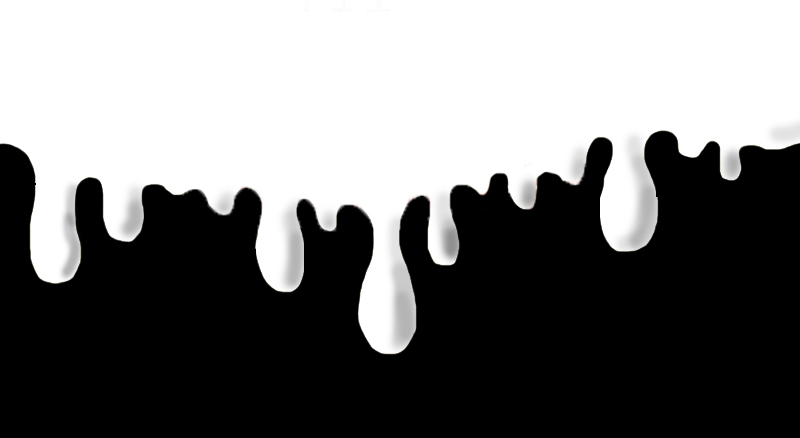What are the white pigments commonly used in ink production? Titanium dioxide and lithopone are mainly used.
Lithopone is a mixture of barium sulfate and zinc sulfide, containing a small amount of Zn0 impurities, and its molecular formula can be expressed as BaSO4.2Ns.
In fact, there is no chemical combination between the constituent compounds in lithopone, and each of them exists independently in the zinc white molecule, so any ratio of lithopone can be obtained. Lithopone is a crystalline particle, and the particle size fluctuates within the range of 1-3 microns, so the refractive index and hiding power of lithopone depend on the ratio of zinc sulfide to barium sulfate. The zinc sulfide content in standard lithopone is 28-30%. The higher the zinc sulfide content, the greater the hiding power and the better the quality. Compared with white materials such as lithopone and lead white, zinc sulfide contains less metal zinc. Toxic, insensitive to hydrogen sulfide, it is a better white pigment. But the biggest shortcoming of zinc sulfide is that it is sensitive to light and not resistant to acid. Hydrogen sulfide is liberated in the presence of acid, so it cannot be widely used in inks.
Titanium dioxide is currently the most excellent white pigment, its chemical name is titanium dioxide, TIO2, its color is pure white, the refractive index m=2.36265, the hiding power is very strong, it is non-toxic, and the application range is extremely wide. Titanium dioxide has very fine particles, high tinting strength, light resistance, heat resistance, and dilute acid and alkali resistance. In recent years, the output of titanium dioxide has increased rapidly, and it is an indispensable raw material for high-end white ink. Titanium dioxide is often mixed with other organic and inorganic pigments to make light-colored colorants, but in this case, titanium dioxide may promote the oxidation of color pigments, thereby reducing the light resistance of the pigments.
Titanium dioxide has the following physical properties
1) Relative density
Among the commonly used white pigments, titanium dioxide has the lowest relative density. Among white pigments of the same quality, titanium dioxide has the largest surface area and the highest pigment volume.
2) Melting point and boiling point
Since the anatase type transforms into the rutile type at high temperature, the melting point and boiling point of anatase type titanium dioxide are practically non-existent. Only rutile titanium dioxide has a melting point and boiling point. The melting point of rutile titanium dioxide is 1850°C, the melting point in air is (1830±15)°C, and the melting point in oxygen enrichment is 1879°C. The melting point is related to the purity of titanium dioxide. The boiling point of rutile titanium dioxide is (3200±300)°C, and titanium dioxide is slightly volatile at this high temperature.
3) Dielectric constant
Due to the high dielectric constant of titanium dioxide, it has excellent electrical properties.
When determining certain physical properties of titanium dioxide, the crystal orientation of the titanium dioxide crystal should be considered. The dielectric constant of anatase titanium dioxide is relatively low, only 48.
4) Conductivity
Titanium dioxide has the properties of a semiconductor, its conductivity increases rapidly with the rise of temperature, and it is also very sensitive to hypoxia. The dielectric constant and semiconductor properties of rutile titanium dioxide are very important to the electronics industry, which can be used to produce ceramic capacitors and other electronic components.
5) Hardness
According to the scale of Mohs' hardness, rutile titanium dioxide is 6-6.5, and anatase titanium dioxide is 5.5-6.0. Therefore, Anatase TIO2 is used in chemical fiber matting to avoid abrasion of spinneret holes.
6) Thermal stability
Titanium dioxide is a substance with good thermal stability.
7) Granularity
The particle size distribution of titanium dioxide is a comprehensive index, which seriously affects the performance of titanium dioxide pigments and product application performance. Therefore, the discussion on hiding power and dispersibility can be directly analyzed from the particle size distribution.
The factors affecting the particle size distribution of titanium dioxide are more complicated. The first is to hydrolyze the size of the original particle size. By controlling and adjusting the hydrolysis process conditions, the original particle size is within a certain range. The second is the calcination temperature. During the calcination process of metatitanic acid, the particles undergo a crystalline transformation period and a growth period. The appropriate temperature is controlled to keep the growing particles within a certain range. Finally, the product is crushed. The Raymond mill is usually modified and the analyzer speed is adjusted to control the crushing quality. At the same time, other crushing equipment such as universal mills, jet mills and hammer mills can be used.
